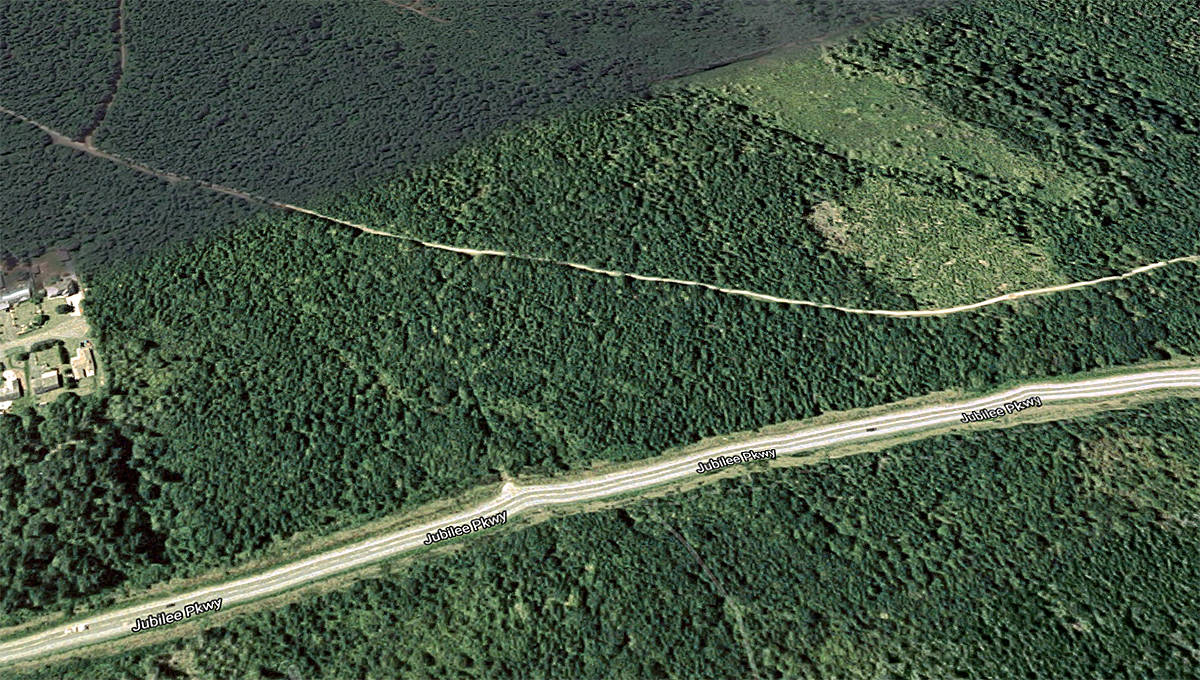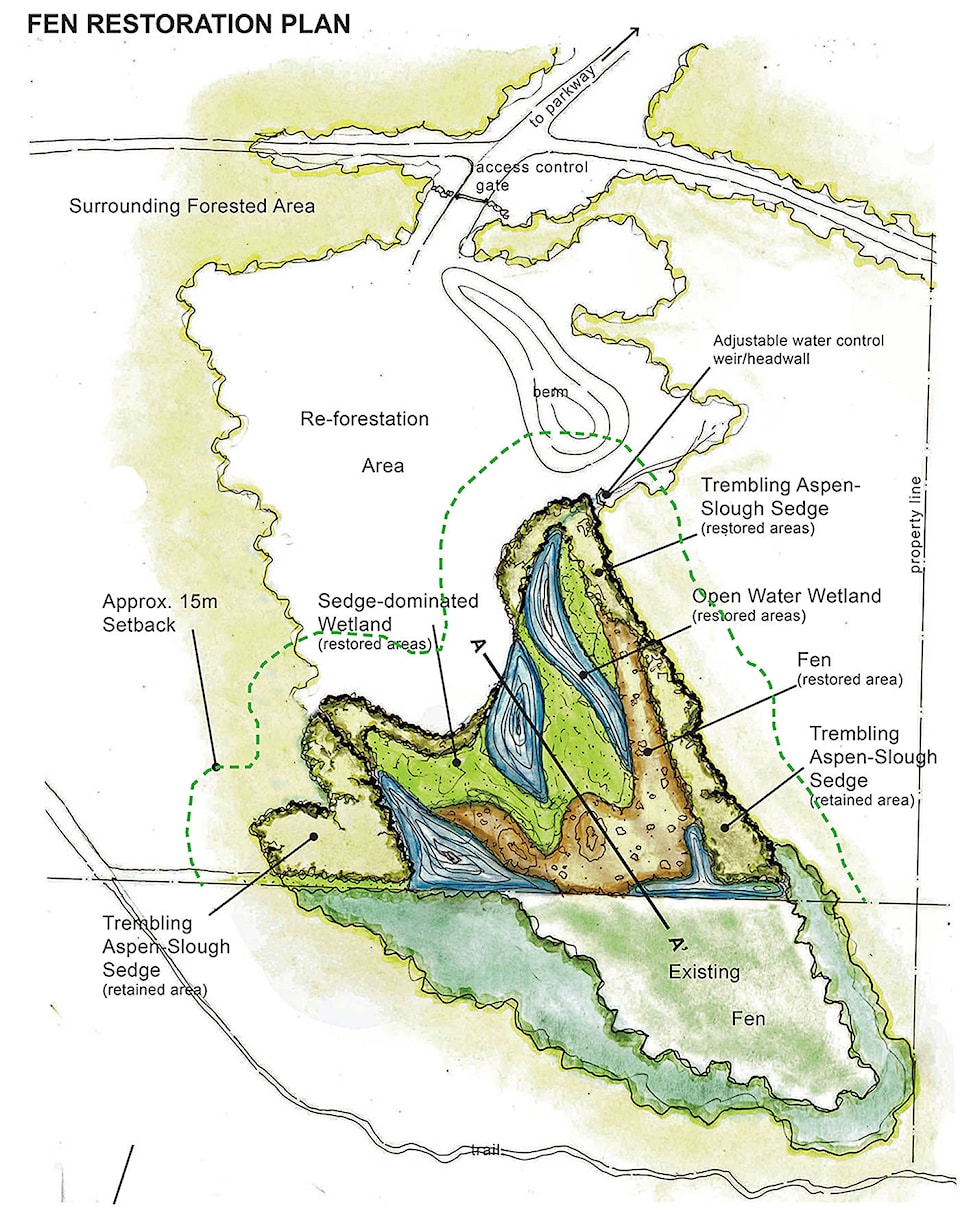Parkway Properties is set to resume the Jubilee wetland restoration as soon as the sensitive amphibian hatching period is over and water levels can be safely dropped, the City of Campbell River announced Wednesday.
The restoration design includes a range of water depths and a mix of wetland forest, shrub and aquatic vegetation habitat to help bring back biodiversity to the damaged wetland south of Jubilee Parkway.
The city issued the development permit last year for the restoration and a water control/diversion structure was installed under a provincial Water Sustainability Act notification and a Highways permit.
Last year, Parkway Properties also removed an extensive amount of invasive Scotch broom and blackberry, and coarse woody debris has been stockpiled on site for use in this year’s restoration. The work had to be suspended however, as stakeholder consultation required for final approval from the province didn’t allow enough time for construction prior to the rainy season.
“Parkway Properties had to reapply for their provincial Water Sustainability Act Approval to create the wetland and that permit is now in place,” says Terri Martin, the city’s environmental specialist. “While the project biologists wait for the amphibians to hatch, the provincial amphibian salvage permit is being processed and soon they will be ready to go.”
Related: Restoration work on destroyed Campbell River wetland expected to be complete next year
Previous amphibian survey work documented northwestern salamanders, long-toed salamanders, and Pacific chorus frog egg masses very near the water surface (People living near a wetland often hear chorus frogs calling in spring). Once these eggs have hatched, the water control structure will allow the wetland to be temporarily drained. During this process, which will take more than three weeks, biologists will salvage and re-locate amphibians to a few deep pools that will remain during the wetland re-construction. Machines will excavate and rebuild the wetland, replacing stockpiled peat, removing infill and creating a replacement wetland. After the restoration is complete, the control structure will help maintain water levels in the wetland.
“We are pleased to report that Parkway Properties will start work this summer to register the conservation covenant on the 2.1 hectares of forest land near the west property boundary that is part of the conservation solution as set out in the development permit,” says Peter Wipper, the city’s director of planning. “A conservation covenant will also be placed on the wetland once the construction is complete and the wetland can be surveyed.”
The work to restore the wetland follows City Council’s December 2016 requirement for a combination of wetland restoration and compensation land at a two-to-one replacement ratio for the northern portion of the infilled fen wetland south of Jubilee Parkway. The solution includes retaining two existing provincially red-listed (endangered) trembling aspen forested wetlands and existing forest land on the west side of the property bordering the Woods Creek wetland. Conservation targets (including strategies to reduce threats to targets) as well as ongoing monitoring and measurement of key ecological attributes will use accepted scientific methods and best practices.

